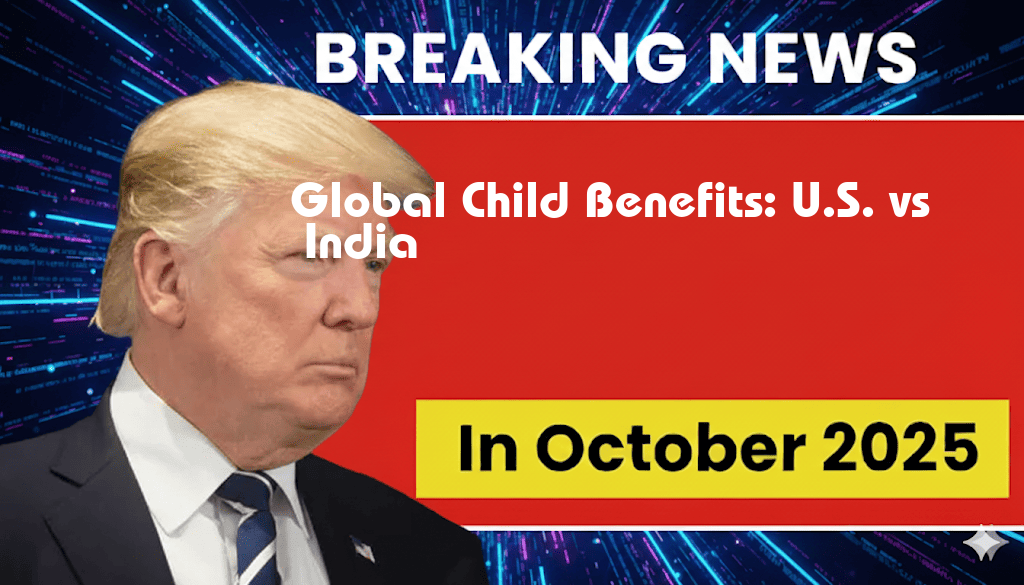

Trump’s Rescissions Act Reduces Funding by $7.9 Billion
In a significant move that has drawn both praise and criticism, former President Donald Trump has enacted the Rescissions Act, which slashes funding by $7.9 billion. This legislation aims to address what the Trump administration deems unnecessary spending within federal programs and initiatives. The act focuses on reducing budget allocations across various sectors, including education, health care, and environmental protection. Proponents argue that the cuts are essential for fiscal responsibility, while opponents contend that they threaten vital services and programs crucial for low-income families and vulnerable populations. As the political landscape shifts, the Rescissions Act is poised to spark renewed debates over government spending and the future of federally funded programs.
Details of the Rescissions Act
- Funding Cuts: The act identifies specific programs and projects for budget reductions, reflecting Trump’s ongoing commitment to cutting perceived wasteful government spending.
- Impact Areas: Notable sectors affected include education programs, public health initiatives, environmental protections, and various social services.
- Legislative Support: The act has garnered support from fiscal conservatives who endorse limited government and reduced public expenditure.
Reactions from Lawmakers
The reception of the Rescissions Act has been mixed among lawmakers. Republican leaders have largely applauded the effort, viewing it as a necessary step towards a balanced budget. Senate Majority Leader Mitch McConnell stated, “The American people sent us here to rein in government spending and prioritize taxpayer dollars.”
Conversely, many Democrats have expressed deep concerns regarding the implications of such drastic cuts. House Speaker Nancy Pelosi emphasized that the reductions could jeopardize essential services, saying, “This act is more about political posturing than about genuine fiscal reform.”
Potential Consequences
The impact of the funding cuts outlined in the Rescissions Act could reverberate across different sectors. Here are some specific areas that may face significant challenges:
- Education: Funding reductions for federal education programs could lead to larger class sizes and fewer resources for schools, particularly in low-income areas.
- Health Care: Cuts to public health initiatives may weaken the response to health crises and reduce access to healthcare services for vulnerable populations.
- Environmental Programs: Reduced funding for environmental protections could hinder efforts to combat climate change and protect natural resources.
Public Opinion
Public sentiment regarding the Rescissions Act appears divided. A recent poll indicated that while a majority of Americans favor reducing the national deficit, there is significant apprehension about cuts to essential services. Many citizens believe that while fiscal responsibility is important, it should not come at the expense of necessary support systems.
Looking Ahead
As the political discourse continues, the Rescissions Act is likely to be a focal point in upcoming elections. Candidates on both sides will need to articulate their positions on government spending and the implications of such cuts for everyday Americans. Furthermore, with the budgetary landscape constantly evolving, the future of various federally funded programs hangs in the balance.
Conclusion
The passage of Trump’s Rescissions Act, which cuts $7.9 billion from federal funding, represents a pivotal moment in the ongoing debate over government spending in the United States. As the ramifications of these cuts unfold, it will be crucial for policymakers and the public to engage in a dialogue about the balance between fiscal responsibility and the need for essential services.
For more information on the implications of federal budget cuts, visit Forbes or explore details about the legislation on Wikipedia.
Frequently Asked Questions
What is Trump’s Rescissions Act?
Trump’s Rescissions Act is a legislative measure aimed at reducing federal spending by rescinding previously approved budget allocations, amounting to a total of $7.9 billion in funding cuts.
How does the Rescissions Act affect federal programs?
The Rescissions Act impacts various federal programs by eliminating funding that had been previously allocated, which may result in reduced services or project delays in affected areas.
What is the purpose of the funding cuts?
The primary purpose of the funding cuts introduced by the Rescissions Act is to rein in federal spending and promote fiscal responsibility within the government.
Who benefits from the implementation of the Rescissions Act?
The implementation of the Rescissions Act is intended to benefit taxpayers by reducing the federal deficit, although the specific impacts on programs and services may vary.
What are the potential consequences of the $7.9 billion reduction?
The $7.9 billion reduction in funding could lead to significant consequences, including potential job losses, cuts to essential services, and impacts on ongoing projects that rely on federal funding.




